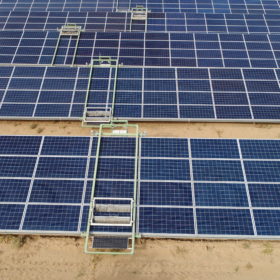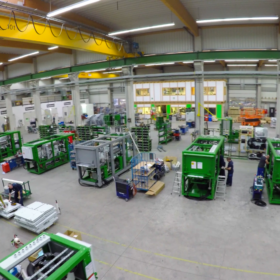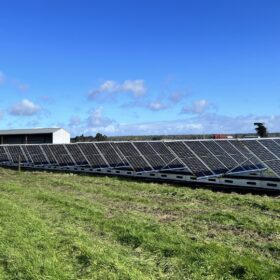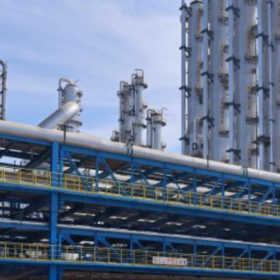“India’s renewable energy market is entering a transformative phase”: ENGIE India’s Shantanu Upasani
Hybrid and storage integration, rising corporate demand, and increased use of digital tools are defining the next phase of India’s renewable energy market. Developers that combine execution excellence with storage innovation, digital intelligence, and corporate partnerships will set the pace of growth, says Shantanu Upasani, Director – Construction, ENGIE India.
Anker Solix unveils C2000 Gen 2 portable power station with 2 kWh
Anker Solix has introduced the 2 kWh C2000 Gen 2 portable power station, featuring faster dual-input charging, lithium iron phosphate batteries, and an idle power draw below 10 W.
“Standalone battery storage is a strategic differentiator for us,” says Sunsure’s Kartikeya Sharma
Sunsure Energy, founded in 2014, has evolved from a solar developer into a clean energy solutions provider delivering integrated power solutions across solar, wind, and battery storage. Kartikeya Sharma, co-founder and chief business officer at Sunsure, speaks to pv magazine on the key trends reshaping India’s renewable energy landscape, the rising role of battery storage, and Sunsure’s plans for the market.
TACC Ltd secures INR 1,230 crore SBI credit facility for lithium-ion battery grade graphite anode facility
TACC will use the INR 1,230 crore credit facility secured from the State Bank of India to fund its lithium-ion battery grade graphite anode facility with a capacity of 20,000 mtpa in Dewas, Madhya Pradesh.
Will China’s export curbs on lithium battery materials and technologies reshape global supply chain?
Industry players speak to pv magazine about whether China’s decision to tighten export controls on key minerals and technologies for lithium batteries will cause a short-term disruption or lead to a long-term strategic realignment of the global supply chain.
Can India cope with the growing tide of battery waste?
The world is projected to retire over 11 million tonnes of lithium-ion batteries each year by 2030. India may contribute nearly 2 million tonnes by 2030, not only due to electric vehicles, but also because of an exponential level of consumption of consumer electronics and stationary storage.
China imposes new export controls on lithium ion battery tech
The Chinese government has introduced new export controls on key dual-use items, citing national security concerns. The move opened a new chapter in the ongoing trade confrontations with the US.
ENGIE launches startup program for innovation in renewable energy solutions in India
ENGIE has launched a program to collaborate with enterprise-ready startups in addressing operational and technological challenges across India’s renewable energy sector.
The Hydrogen Stream: TKIL Industries brings hydrogen-ready CHP solutions to India in partnership with Germany’s 2G Energy International
TKIL Industries (formerly thyssenkrupp Industries India) has entered into a strategic partnership with German company 2G Energy International to introduce combined heat and power (CHP) plant and gas engine solutions in India.
‘Grid in a box’ combines storage and solar PV modules for a microgrid in a 20 ft. container
Paired Power’s modular microgrid targets is assembly-free remote industrial and agricultural applications and rural electrification for Indigenous communities.















